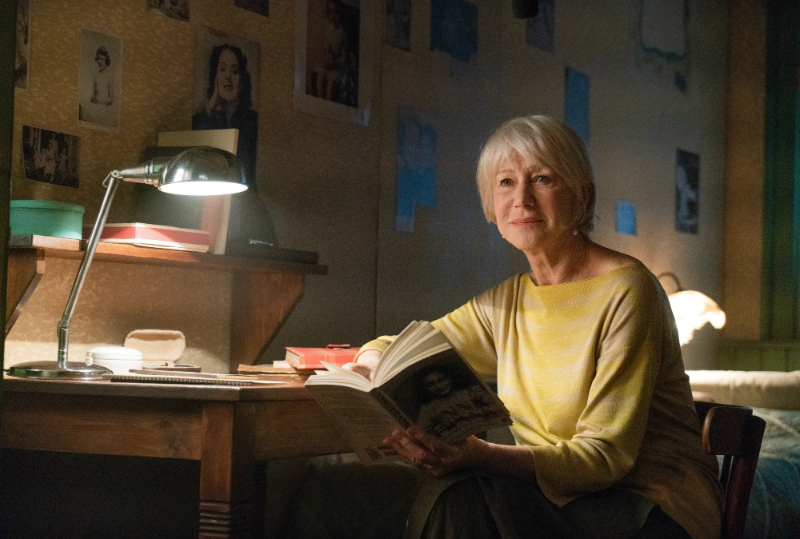The challenge of making the horrors of the Holocaust resonate with young people is only growing harder. In Canada, 22 per cent of people under the age of 34 have either never heard of the Holocaust or aren’t sure what happened back then, according to surveys released earlier this year.
That may explain why directors Sabina Fedeli and Anna Migotto decided to make #AnneFrank: Parallel Stories, a new documentary that will screen in select Cineplex theatres nationwide starting Oct. 21. The hashtagged title implies a stab at generating youthful buzz, perhaps attracting young adults and teenagers who might otherwise politely nod and walk away from the idea of paying money to see a Holocaust documentary.
Unfortunately, if any of those 20-somethings are won over by the title, they’ll likely be disappointed by the film itself, which feels more like several films mashed together.
The movie centres on Oscar-winning veteran actress Helen Mirren reading passages from Frank’s famous diary. But then she pauses, looks up and begins talking about other women who survived – five women, specifically, whose stories mirror that of Frank’s, insofar as they were roughly the same age. These women’s struggles and legacies, including interviews with their grandchildren, comprise the other half of this chimera of cinema, topped off with dashes of general historical footage and broad facts recounting the Holocaust.
And then there’s Katerina. Clad in long scarves and tuque, presumably backpacking across Europe on some solo Anne Frank heritage tour, Katerina says nothing to the camera, but snaps photos of monuments from Poland to Amsterdam, posting everything to Instagram with inane and cringeworthy captions, all written in the second person to Frank herself.
“I do not know anything of your last days,” she writes in front of a mass grave in Poland. “Did you still hope? #commongraves #annihilation.”
Katerina is a cheap narrative device for teenagers to see themselves in, but adds nothing except to say, perhaps, “You can see these places, too, and this is what they look like.” But as documentary film goes, it’s distracting.
The only compelling moments belong to the actual survivors and their offspring, such as the grandson who had to convince his family it was a good idea to get his grandmother’s number tattooed on his own wrist. It was an artistic expression of his own identity, he explains, one his grandmother is now proud of.
A good movie could have been made exclusively about these women. Mirren’s recitations and Katerina’s journey are markedly less unique or interesting. Pack it all into 90 minutes, and nothing resonates.
I suspect this film is designed as a substitute for the dry documentaries high schoolers watch during Holocaust Education Week. In that light, #AnneFrank is certainly a step up. But considering the profoundly bold and innovative works creative people have made in the last few years – including @eva.stories, a pop-up Instagram account from the perspective of a real teenage victim that has drawn more than a million followers, or Historical Roasts, a Netflix comedy special that lampoons Anne Frank in one episode – #AnneFrank isn’t likely to turn kids’ heads. We’d be lucky if they don’t fall asleep.
